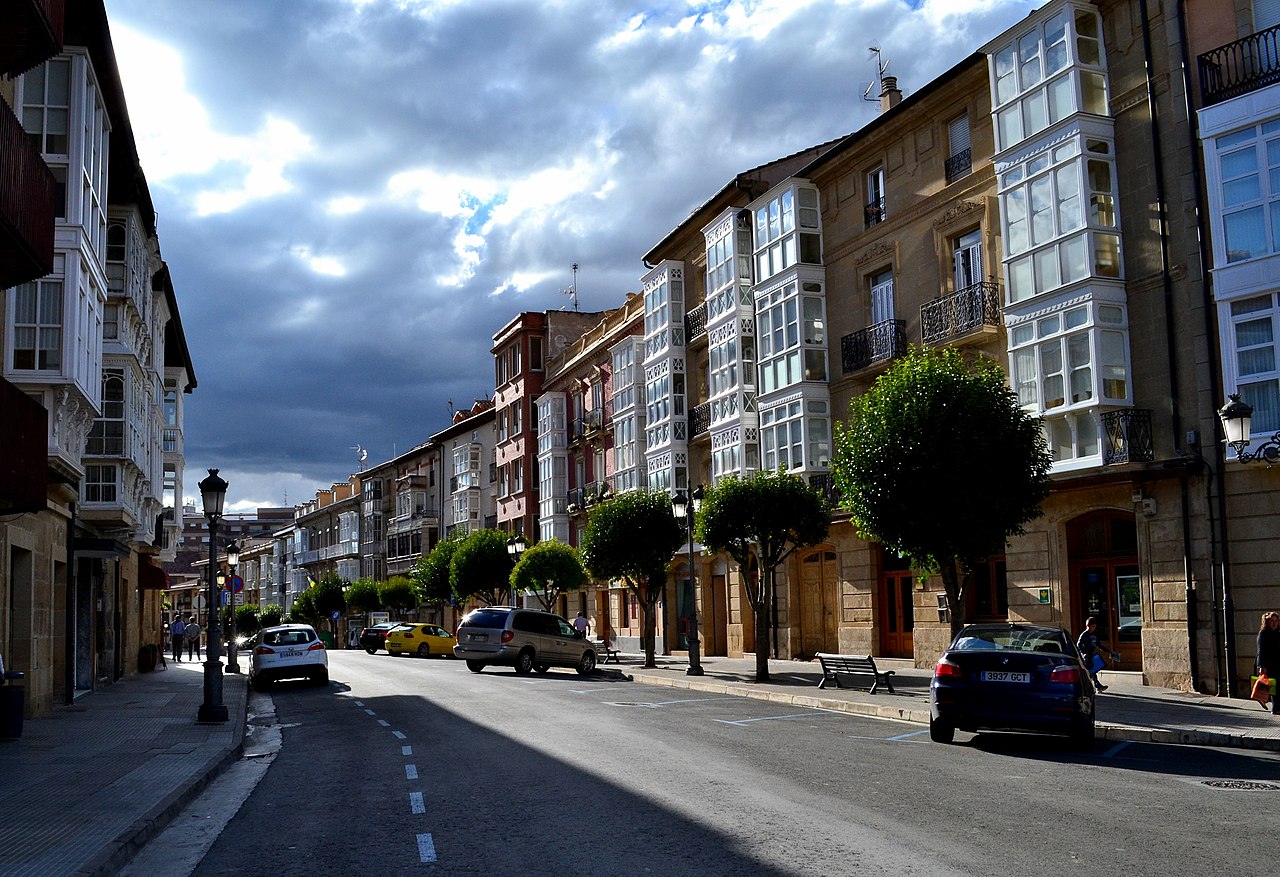
If you plan to travel to The Rioja, you will ask yourself what to see in haro because it is one of the most beautiful towns in the province. known as the capital of wine, barely has eleven thousand inhabitants, but it has a rich monumental heritage and a delicious gastronomy. In fact, its old town was declared Historic Artistic Set in 1975.
As curiosities, we will tell you that it was the first town in Spain to have electric public lighting and that, every year, it celebrates the Battle of Wine, festival of national tourist interest during which thousands of participants are soaked in the typical drink of the town. But, without further ado, we are going to show you everything you have to see in Haro.
Haro Town Hall
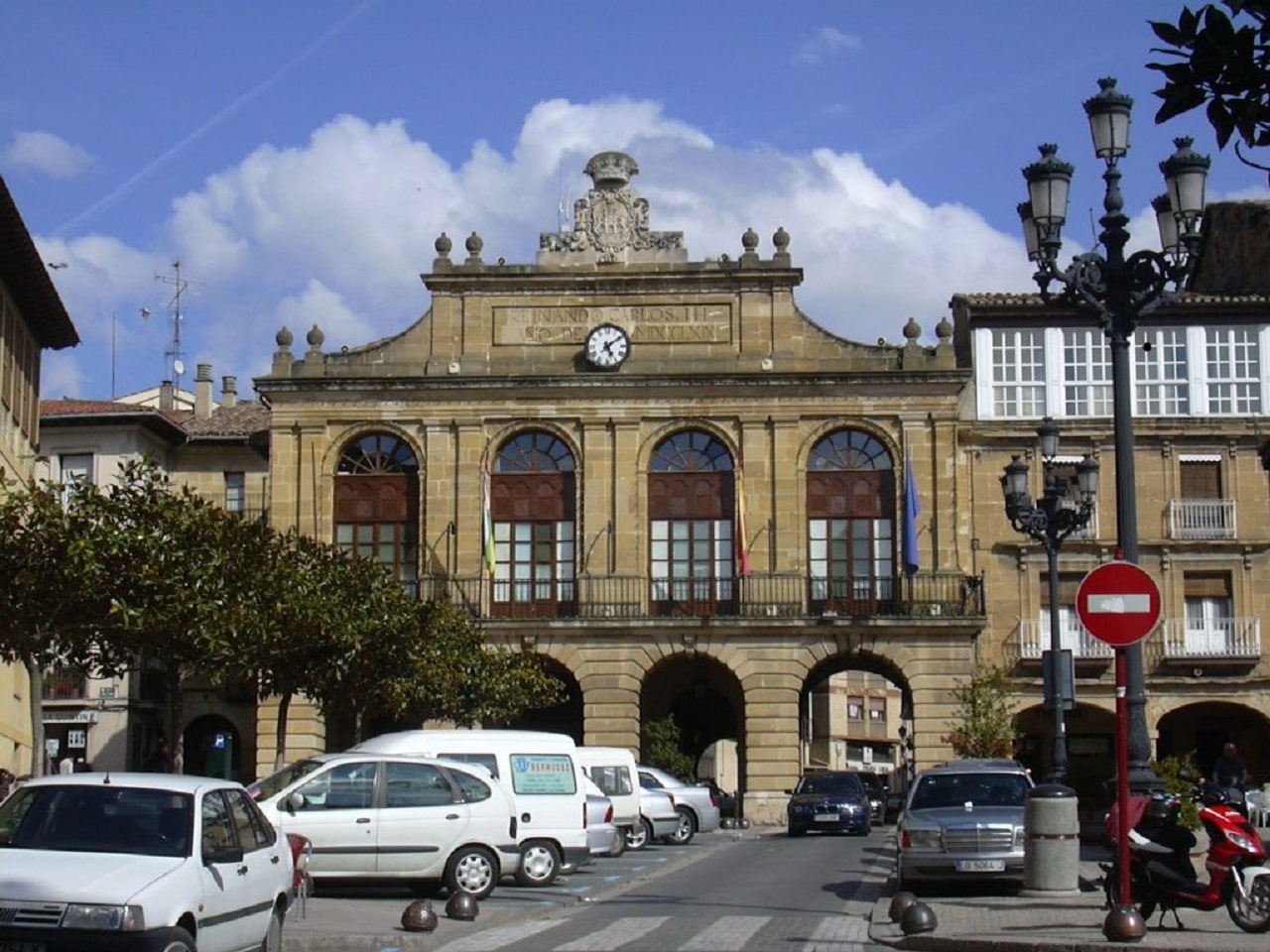
Haro Town Hall, in the Plaza de la Paz
It is a beautiful neoclassical building from the XNUMXth century in whose design the architect Ventura Rodríguez, author of constructions such as the Palace of Liria in Madrid or the convent of the Filipino Augustinians in Valladolid. However, the city's coat of arms, which crowns the façade, is in the Baroque style.
This, made of masonry stone, consists of two floors. The lower one has semicircular arches, while the upper one has a continuous balcony. A clock with a bell tower and an inscription commemorating its construction complete the front aspect of the building.
The Town Hall is located in the Peace Square, the most typical of Haro. In it you can also see the st bernard gate, a vestige of the old wall, and the precious Bendana Palace. This was built in the XNUMXth century and is in the Plateresque style, although it also has a beautiful XNUMXth century Mudejar gallery considered unique in all of La Rioja.
Religious heritage, an essential set to see in Haro
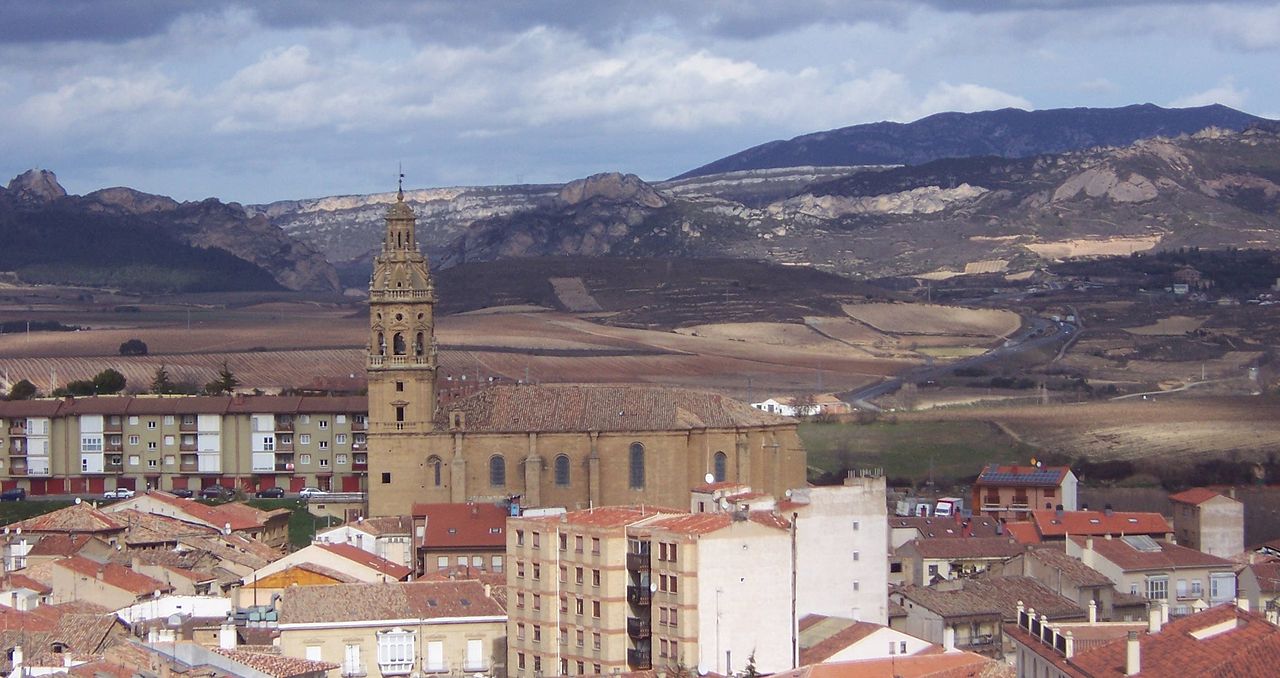
Church of Santo Tomás, one of the religious monuments to see in Haro
The Rioja city also stands out for its magnificent religious heritage. Highlights in it the Parish Church of Santo Tomás Apóstol, declared a National Historic-Artistic Monument in 1931. Be sure to appreciate its imposing Plateresque façade, the work of Philip Bigarny. The rest of the temple combines Gothic and Renaissance styles, although the organ and the main altarpiece are Baroque.
We also advise you to visit the Basilica of Our Lady of Vega, located on the outskirts of the town and also of baroque style. It is one of the most beautiful religious buildings in Haro. Its semicircular arch cover stands out on attached pilasters that shelter effigies of San Pedro, San Pablo and the Immaculate and that ends in a belfry.
As for its interior, you will find a floor plan with three naves covered with groin vaults supported on cruciform pilasters and semicircular arches. It consists of five sections and ends in a lower head than the rest of the temple that is crowned with a lantern and a semicircular vault. Also take a look at the main altarpiece, By Santiago del Amo in the mid-eighteenth century, which houses a polychrome carving of the Virgin of the Vega dated in the XIV.
You should also see the convent of San Agustín, converted into a hotel and next to which is the Breton theater of the Blacksmiths, and the Hermitage of San Felices de Bilibio, located four kilometers away and nestled on the Haro shells, in a dream setting.
Medieval tower, Santa Bárbara gate and Briñas bridge
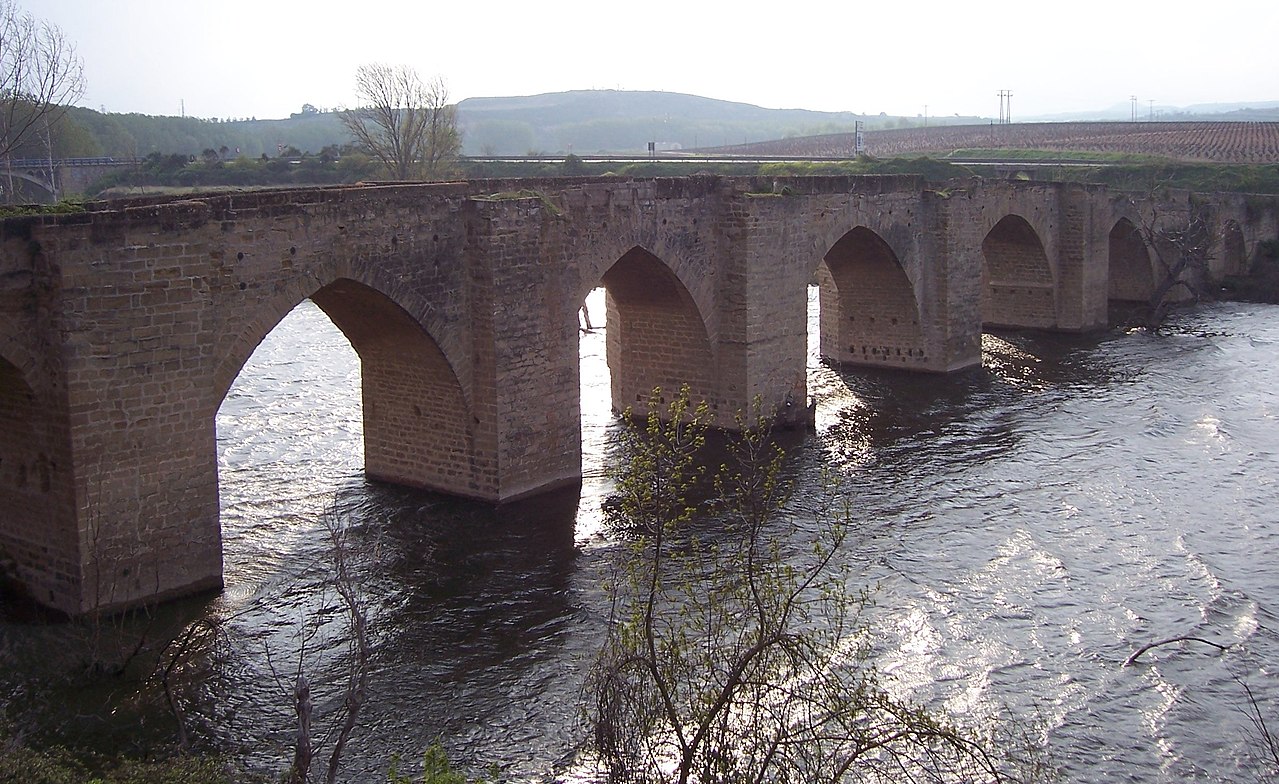
Briñas bridge
The first is in the old town, near the San Bernardo gate, which we have already told you about. It is a fourteenth century tower, which was restored a few years ago. Currently, its interior houses the contemporary art section of the Museum of La Rioja.
For its part, we also advise you to see another door that is the remains of the old medieval wall. Is about that of Santa Bárbara or Garrás, also recently rehabilitated. Very close to this was the door of Santo Tomás, which no longer exists.
Even more spectacular will be the brinas bridge, which crosses the river Ebro. It is a Gothic construction whose oldest parts date from the XNUMXth century. Built in masonry stone, it has seven eyes and originally had fortifications, which were demolished in the mid-XNUMXth century.
Palacios, a pleasant surprise to see in Haro
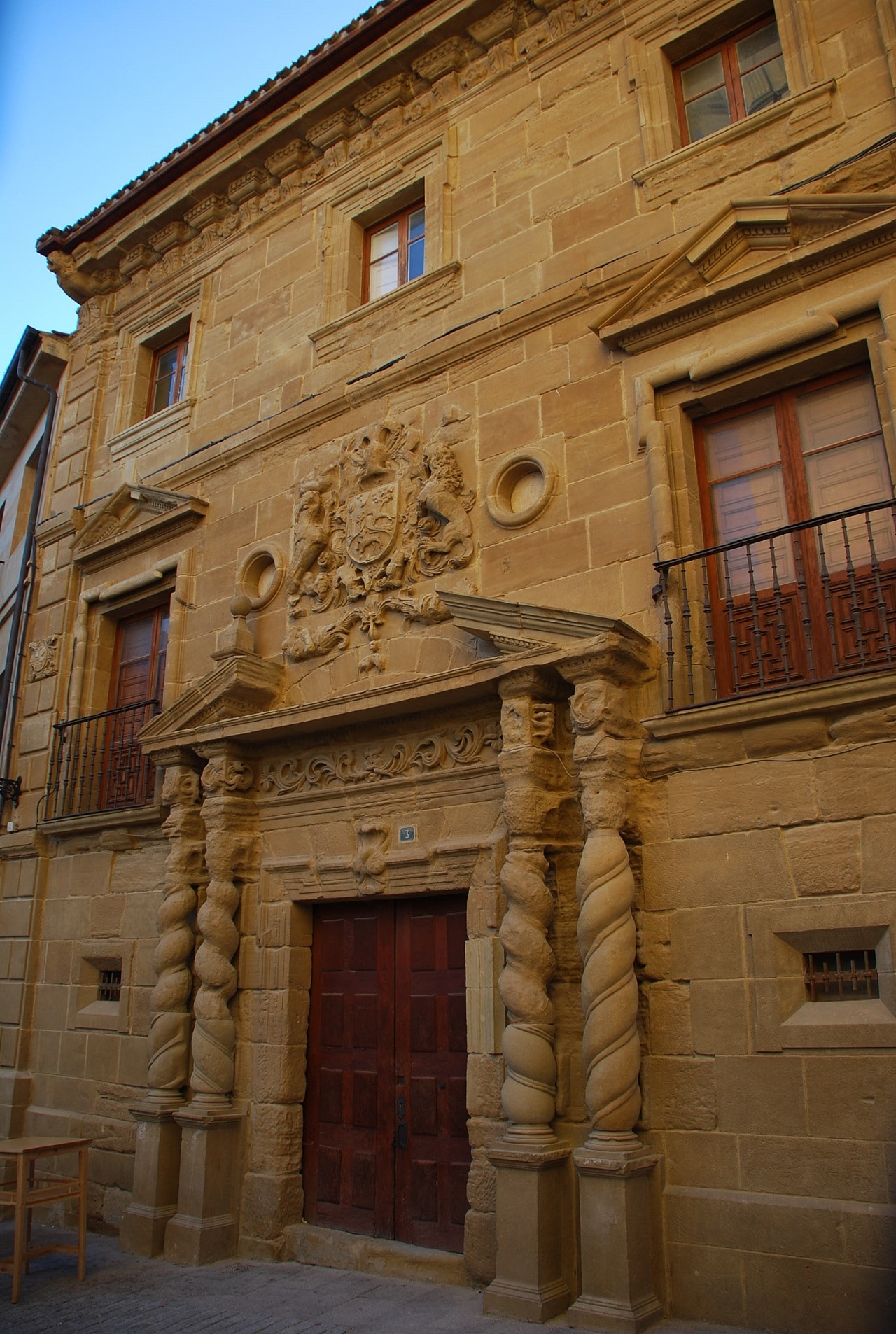
Palace of the Counts of Haro
One of the great surprises that Haro has in store for you is the large number of palaces it has. We have already told you about Bendaña, but we also recommend you see the spectacular palace house of the Salazar, built in the second half of the XNUMXth century in masonry stone. It consists of three floors and inside it stands out the staircase, with wrought iron railings and topped by a skylight.
We also advise you to visit the Palace of the Counts of Haro, also from the XNUMXth century and in the Renaissance style, although with baroque decorations. On the other hand the roof palace is a rococo jewel and the The Bezaras houses a cultural center. Lastly, be sure to watch the Constables Palace, currently in ruins and, above all, that of the cross, a beautiful baroque building from the XNUMXth century whose façade features an imposing noble coat of arms.
Parks in Haro

Riscos de Bilibio, one of the natural wonders to see in Haro
The Rioja town offers you numerous green areas both in its urban area and in its surroundings. Regarding the latter, we have mentioned in passing the hermitage of San Felices. It is precisely in the so-called Bilibio crags, a wooded area where you have a viewpoint that offers impressive views of the Ebro and the towns near Haro.
Meanwhile, the Gardens of the Virgin of the Vega surround the basilica that we have already mentioned. And the Vista Alegre Park takes advantage of the old railway route of the Haro-Ezcaray line and ends at the Moor's Fountain Park. They also offer you good areas to walk and enjoy nature in the parks of Felix Rodriguez de la Fuente, where there are six white poplars cataloged as singular trees of La Rioja, of Iturrimurri y of the deck, which even has an artificial lake.
However, if you prefer, you can make a route along the GR-99 path, one of the so-called Ebro trails. It is a long-distance network that passes through the town of Haro. Or also play sports in the complex of the fair, which has public swimming pools and other facilities.
Museums of Haro
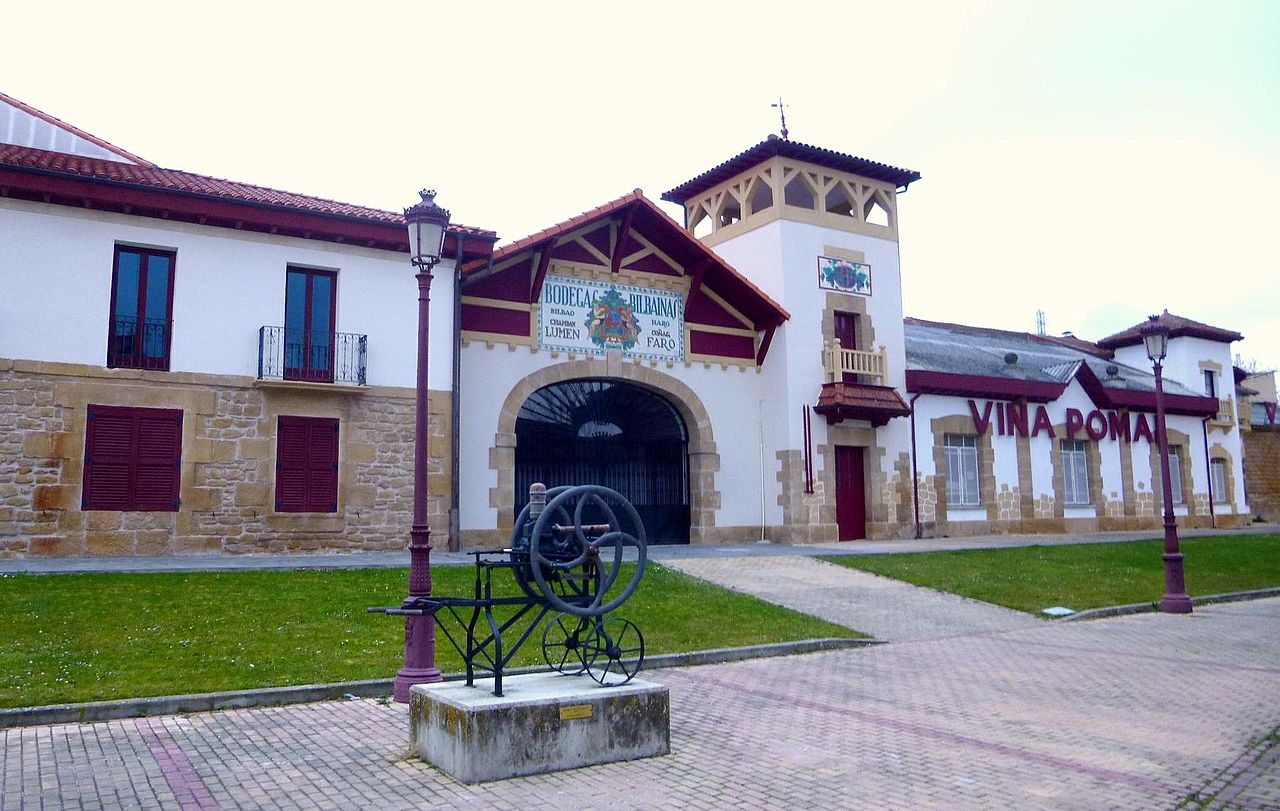
Bodegas Bilbainas
We have already told you about the contemporary art exhibition located in the medieval tower. Also, in the Basilica de la Vega you have a museum. But you will find it more curious, especially if you are interested in the world of oenology, the Rioja Wine Interpretation Center. In it you will discover the secrets of the cultivation of the vine and the subsequent winemaking. And you can also enjoy organized tastings and other activities.
It is not the only place where you can soak up the culture of wine. In Haro there are numerous wineries They also offer guided tours and tastings. Among them, the Bodegas Bilbaínas stand out, in whose garden, in addition, you can see three imposing sequoia trees. For its part, in Viña Tondonia you have a pavilion created by the prestigious Anglo-Iraqi architect Zaha Hadid.
Gastronomy and festivals in Haro
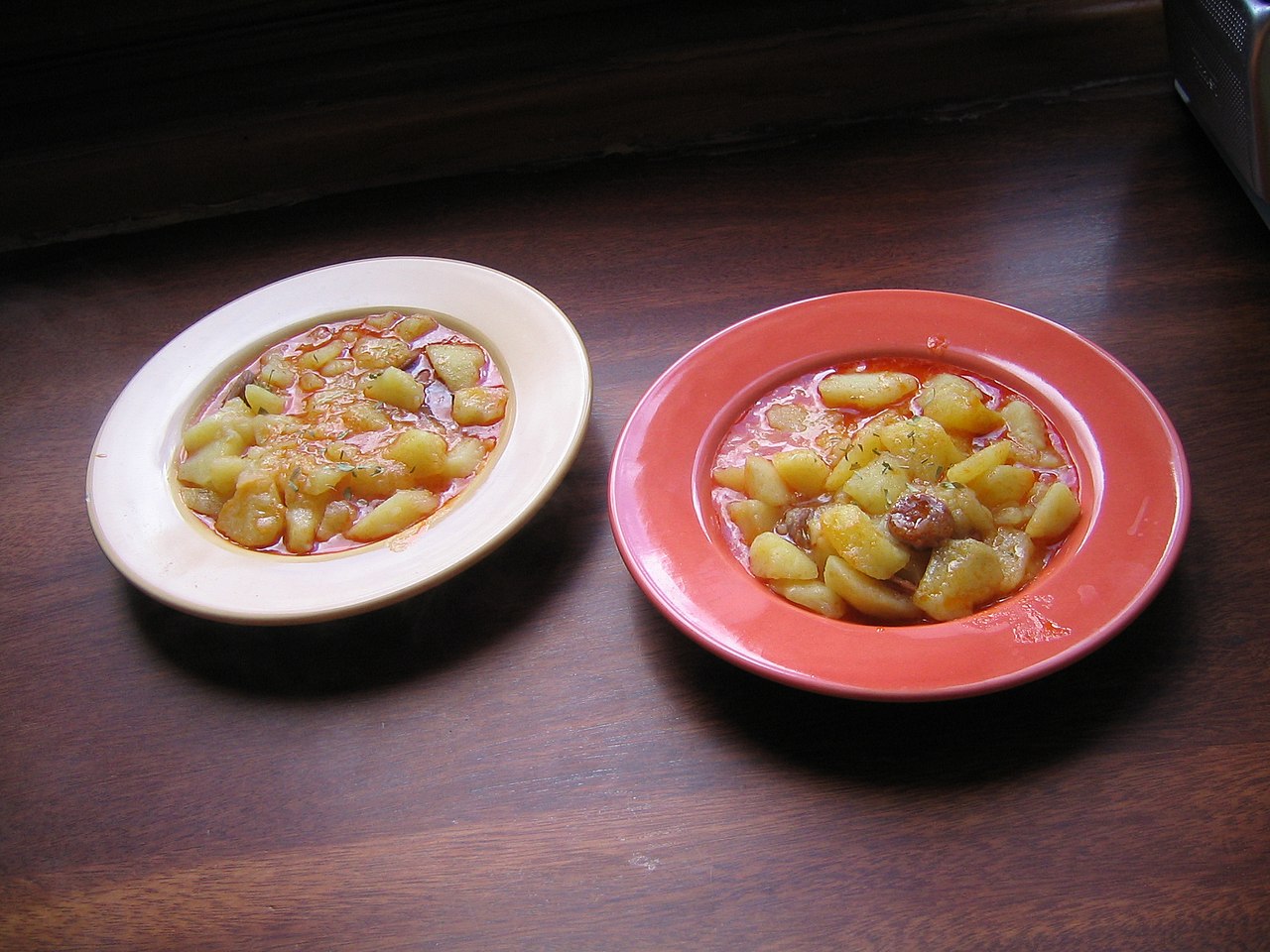
Potatoes Riojana's style
If we did not tell you about the powerful gastronomy and the festivities of Haro, our visit to the Rioja town would not be complete. Regarding the latter, we have already cited the Battle of Wine, but it is convenient that we talk about it more deeply, since it is one of the main festive events in the area.
It is celebrated on the morning of June 29 in the middle of the festivities in honor of San Pedro. It takes place on the cliffs of the Bilibio and originated from the pilgrimage that was held in the area every year. Normally, during the meal a revelry was created that ended with the diners drenched in wine.
As for the gastronomy of Haro, it is as forceful as it is delicious. Among its typical products, the vegetables from its gardens, the lambs from its fields and, of course, the wine stand out. With this, it is also made the spank, a drink that mixes it with fruit and is taken at Easter accompanied by donuts.
On the other hand, very typical meat dishes are offal, which is made with lamb viscera, skinny, a sausage similar to blood sausage, but which is also made with lamb intestines and which coincides in this with the duckling. This same animal is used for roasts, among which the cutlets with vine shoots.
There is no lack in Haro's tables potatoes Riojana's style, caparones or stewed beans or the vegetable stew. are also consumed white beans with quail, leek salad y loin with peppers, among many other dishes.
In conclusion, we have shown you the best What to see in Haro and also many of the things you can do in this town in La Rioja. But, in addition, you can visit surrounding towns. For example, very close you have the beautiful town of Briones, San Millan de la Cogolla, with its monasteries that contemplated the birth of the Castilian language or Santo Domingo de la Calzada, with its imposing cathedral. Isn't that a very attractive plan?